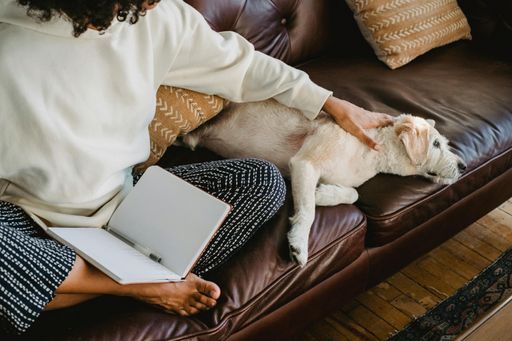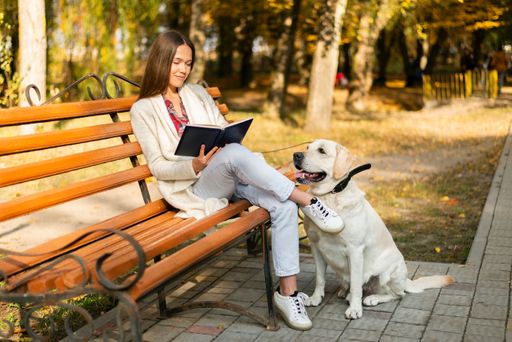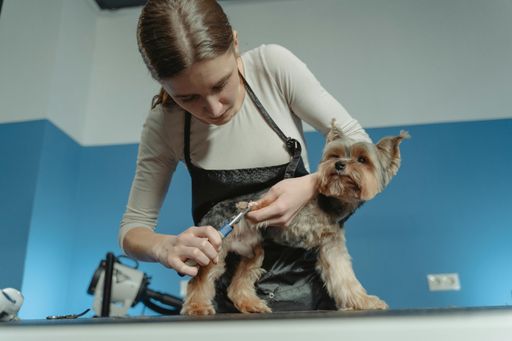A third of millennials consider the needs of their dog when buying a new home, such as having a yard, making it as important as space for a partner or for children. Whether you’re moving into your first house and getting a dog to help make it feel like home, or you’re taking your furry best friend from one home to another, there’s always something that will need your attention. Dog-proofing your home before your dog moves in is best to keep your dog safe and your home in good condition.
Safety First
Even the most well-exercised dog surrounded by toys to play with and chew on can choose to gnaw on something else. This may be your furniture, which is definitely not a desirable behavior, but they may choose something that could hurt them, like electrical wires. It’s not uncommon to have a wire running along the side of a room or along a skirting board, such as from a socket to a lamp or your computer. Wires can stand out and tempt dogs, especially puppies who are more prone to chewing. Another temptation can be kitchen trash cans where smells of food linger and become irresistible to your dog’s nose. A build-up of trash can lead to your dog eating something that is poisonous or could cause choking. Teach your dog the ‘leave it’ command for these situations, regularly empty trash and keep wires covered or out of the way.
Know Before You Grow
Some plants are toxic to dogs, whether they’re houseplants or growing in the garden. It’s best to choose alternatives to prevent your dog from getting hurt or becoming ill. Aloe Vera is a common plant due to the beneficial properties of its gel, but if your dog eats the leaves of Aloe Vera it can cause digestive system problems. The appropriately named Devil’s Ivy, along with Philodendron, can also cause digestive problems, along with seizures, spasms and swelling and burning of the mouth and tongue. Other plants to avoid include daffodils, tulips, foxglove and mistletoe.
Crate Training
Sometimes you can dog-proof everything you can think of in your home, but it will never be enough. Spraying skirting board, walls and furniture with deterrents can have no effect and it feels like you can’t leave your dog home alone for ten minutes without them destroying something. This is where crates becoming essential. Crate training your pup as early on as possible will help them to accept it and many dogs like them and see crates as their own little space. Crates should never be used as punishment or when someone is home to watch your dog, but they can help protect your home and, more importantly, keep your dog safe when they need to be left alone.
As you start the next chapter of your life in your new home with your dog any areas that need dog-proofing will soon become apparent and can be acted on as you go. It’s good to know some basics of where to start though and can help to avoid safety problems for your pet or the destruction of new furniture for you.



















